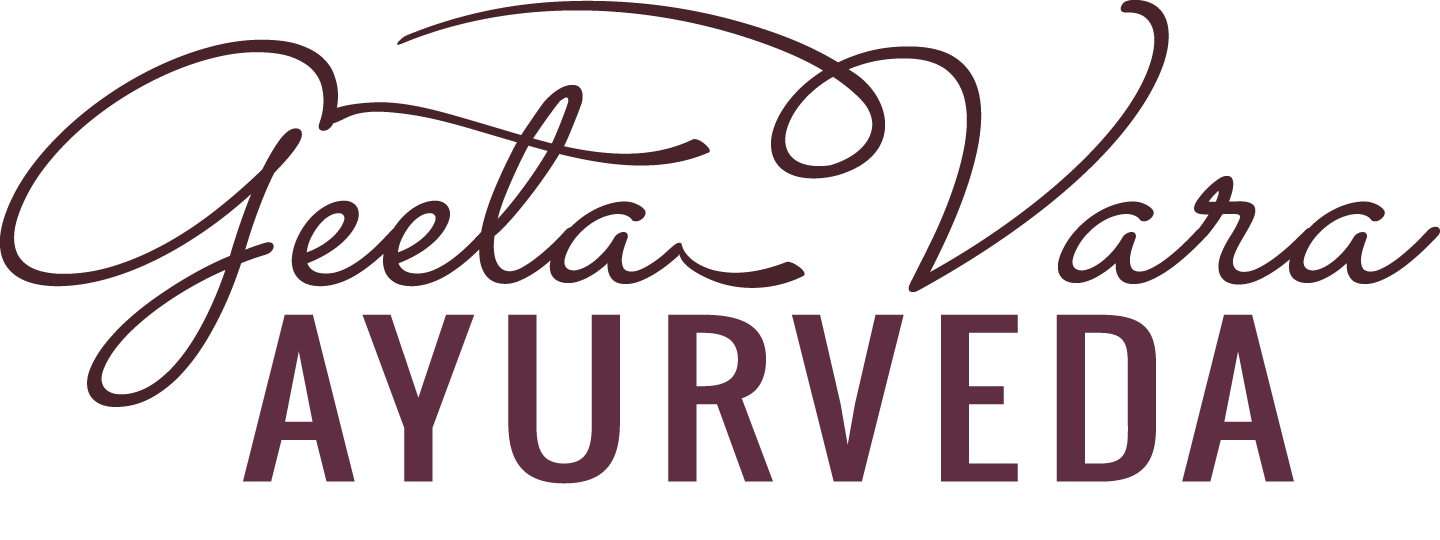Embracing the Ancestral Wisdom of Millets
/From the sun-drenched fields of ancient civilisations to the bustling markets of today, millets have stood as enduring symbols of sustenance and vitality, cherished by generations past and present.
For centuries, these resilient grains have thrived across cultures, bearing diverse names like bajra, ragi, kangni, korra, kutki, and kodra. In Ayurveda, the ancient Indian system of medicine, millets are revered for their harmonising energies and therapeutic qualities, offering a holistic alternative to our overall diet. But the truth is even though they are a gluten-free grain and a good source of dietary fibre, vitamins and minerals, low in lectins, they should be consumed in moderation and as part of a balanced diet and excessive consumption can create dosha imbalances.
Over time, dietary preferences in many cultures shifted towards rice and wheat, which were often seen as more refined and desirable. These grains were associated with affluence and as a result, millets, which continued to be consumed by the rural and poorer populations, gained the reputation of being a ‘poor man's food.’ Millets are ‘Kuthanya’ (unwholesome grain) in Ayurveda so the viewpoints are mixed. Millet is considered sweet, heating, dry and light and pungent in post digestion.
Millets are hardy crops that can grow in harsh, arid environments with minimal water and input requirements. This made them more accessible to poor farmers in regions where water-intensive crops like rice and wheat could not thrive. Historically, millets were cheaper to grow and purchase compared to more widely consumed cereals like rice and wheat, making them a staple in the diet of poorer communities.
Many governments, including India’s, subsidised the production and distribution of rice and wheat through public distribution systems, making these grains more accessible and preferred even among the lower-income groups.
There was a lack of widespread knowledge about the nutritional benefits of millets. However, there has been a resurgence of interest in millets due to their nutritional benefits, environmental sustainability, and adaptability to climate change. They are increasingly recognised as ‘smart foods’ and are being promoted for consumption across all economic strata. In fact they seem to be more expensive that wheat nowadays.
In Ayurveda, the traditional Indian system of medicine, millets are celebrated for their balancing energies and healing properties. Not all millets are created equal in the eyes of Ayurveda. From pacifying Vata with the grounding qualities of kodo millet to cooling Pitta with the soothing essence of little millet, each grain offers a unique synergy of taste, texture, and nourishment so yet again it is a case of ‘one size does not fit all’.
Here are 8 common types of millets for you to explore and integrate into your diet:
Pearl millet (Pennisetum glaucum)
Also known as bajra, this millet is widely cultivated in Africa and Asia. Rich in iron and fibre, bajra supports heart health and aids digestion and a great option for weight management. Incorporate it into your diet with wholesome roti’s or porridge!Finger millet (Eleusine coracana)
Also called ragi or African millet, it is popular in South Asia and Africa for its nutritional benefits. Packed with calcium and amino acids (proteins), ragi promotes bone health and muscle repair. Enjoy it as a nutritious flour for dosas, idli’s, or energy-packed ladoos! It is easy on the gut and balances all doshas.Foxtail millet (Setaria italica)
Known as kangni, korra, or navane, it is a staple in parts of India and China. Low in glycemic index and gluten-free, korra is ideal for managing blood sugar levels and weight. Cook it up as a fluffy pulao or crunchy upma!Proso millet (Panicum miliaceum)
Commonly grown in Europe, Asia, and North America, it's also known as broomcorn millet or common millet. High in protein and B-complex vitamins, common millet boosts metabolism and supports nerve function. Try it as a nutty addition to salads or as a comforting khichadi!Little millet (Panicum sumatrense)
Also called kutki or saamai, it's cultivated in India and is known for its nutritional value. Packed with antioxidants and minerals, saamai aids in detoxification and strengthens immunity. Enjoy it as a wholesome replacement for rice in your favourite dishes!Kodo millet (Paspalum scrobiculatum)
Known as kodra or varagu, it's grown in India, Nepal, and parts of Africa. With a low glycemic index and rich in antioxidants, varagu helps stabilise blood sugar levels and protects against chronic diseases. Cook it into a fluffy pilau or comforting porridge!Barnyard millet (Echinochloa crus-galli)
Also called jhangora or sanwa, it's cultivated in India and other parts of Asia. High in fibre and phosphorus, sanwa aids in digestion and bone health. Use it as a nutritious alternative to rice in savoury dishes or as a base for salads!Sorghum (Sorghum bicolor)
While technically not a millet and known as Jowar, it's often grouped with millets due to similar uses and characteristics. It's widely cultivated around the world for food, fodder, and biofuel. It's gluten-free and rich in antioxidants, making it a versatile grain for flatbreads, porridges, or even popped as a snack! Sorghum can increase Vata.
These millets vary in taste, texture, and nutritional composition, offering diverse options for incorporating into diets worldwide. Integrating these ancient grains into our modern diets is not only a nod to our ancestral heritage but also a commitment to holistic health and sustainability. Whether enjoyed as fluffy pilaus, crispy dosas, or wholesome porridges, millets invite us to rediscover the simple joys of nourishing our bodies.

